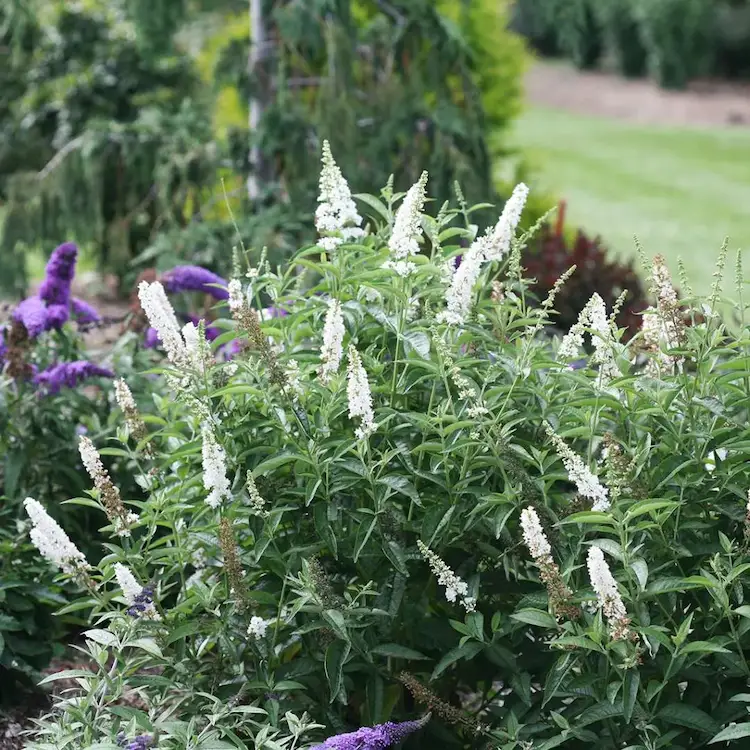There is still some time before the late flowering shrubs finally start to green after the cold winter. Summer lilacs (Buddleia) can be particularly badly affected as many of the shrubs are dead to the ground and the only signs of green growth are coming from the base of the plant or even the roots. How to save buddleia after frost damage, read on and follow our tips!
What kind of frost protection does the summer lilac need?
If you grow your shrub in the garden, it will need frost protection from brushwood or foliage for the first three years. Ground cover can be used as a natural frost protection. After the shrub has established itself, you can cut it back to knee height in the spring from the second year. When it comes to older plants, the aerial parts may freeze in winter, but then the roots will produce the new growth.
If your shrub is grown in a container, it will be subject to frost damage as it will not receive enough heat due to the limited amount of soil. It is therefore advisable to overwinter a potted summer lilac in a room where there is no threat of frost damage.
How do you know if your plant has frozen or not?
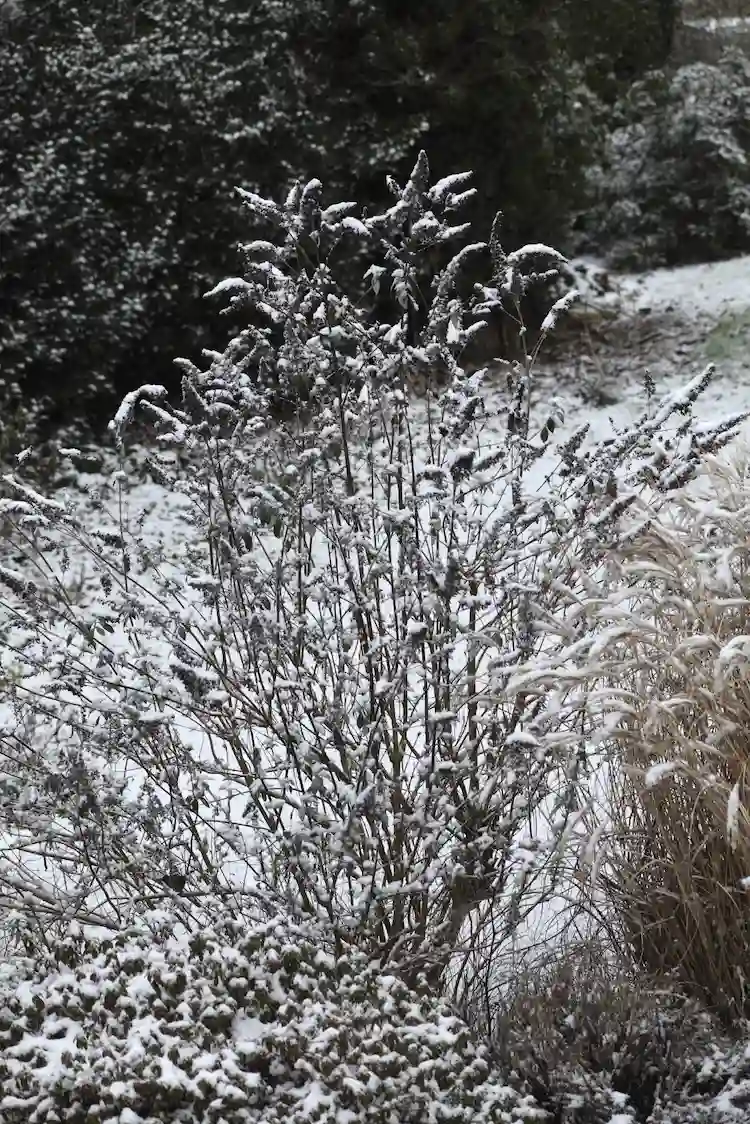
If your buddleia is well established, it won’t mind frost either. Frost damage usually occurs when an extremely cold period hits after a mild period of late winter weather. Then the ornamental shrub can freeze severely. You can take a test to see if your buddleia has frostbitten. Thats how it works:
Use a sharp, sanitized knife to scrape off some of the branch’s browned bark. Then remove just a small portion of the bark, leaving the underlying tissue exposed. If it’s green, your bush is alive. But if you see brown tissue, it means the branch is frozen.
What to do to save buddleia after frost damage?
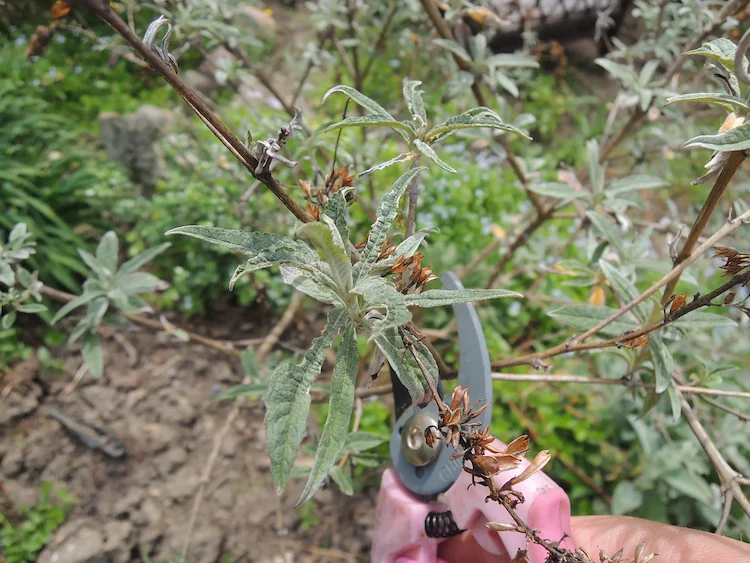
In colder climates, Buddleia grows like a perennial. The shrub is blooming on new wood this year, so you might finally get a few flower heads, but because of the cool spring and previous cold stress, they will appear later than usual. What to do to save the buddleia after frost damage? The only thing to do now is cut out the dead spots and hope they grow back.
How to do spring pruning?
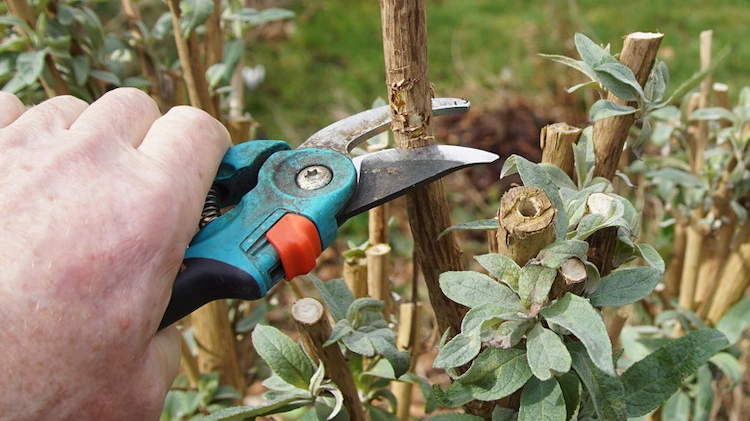
As a general rule, you should prune Buddleia in early spring, when the lower stems are beginning to show new growth – you can prune them back to 30-45cm from the ground. Don’t cut them in the fall when you’re doing the rest of your gardening. Her grey-green stems and remaining leaves look beautiful in winter. The plants self-seed; if you are concerned they will become invasive, snip off the seed heads in the fall.
What not to do with a frozen buddleia?

Do not fertilize frost-damaged plants
You might be tempted to fertilize your damaged plants to bring them back to life, but don’t do it, experts advise. Fertilizer is likely to do more harm than good, especially given the stress the plants have endured. Buddleia usually grows well on fallow land with low fertility. Keep an eye on the damaged plants throughout the summer as they will continue to be under stress as we inevitably get hot weather and prolonged periods without rain.
Mulch can harm your perennials
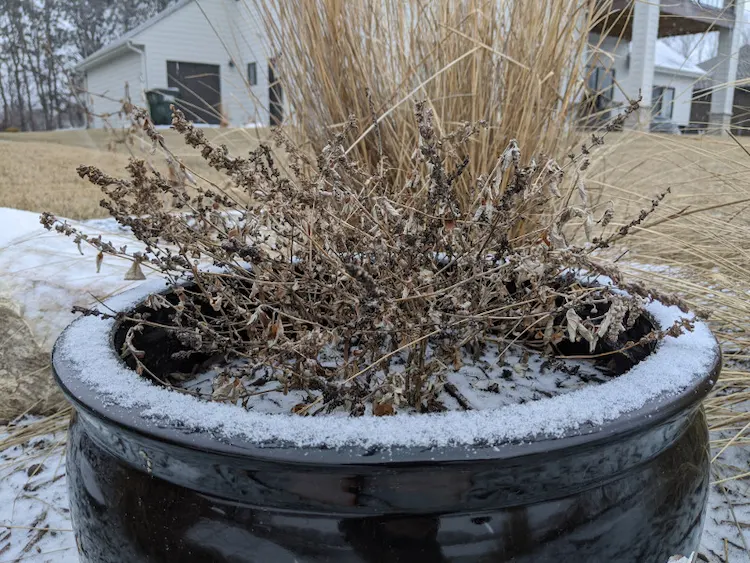
While most plants benefit from a thick layer of mulch in winter, it can exacerbate winter damage to buddleia bushes. The key to getting a buddleia through the winter is well-drained soil, especially when temperatures are low but the soil is not frozen. Because mulch retains water in the soil, over-application of mulch can lead to root rot. In cold climates, it is best to place a light layer of mulch over the roots. Make sure the few inches immediately around the center of the plant are bare and free of mulch.
